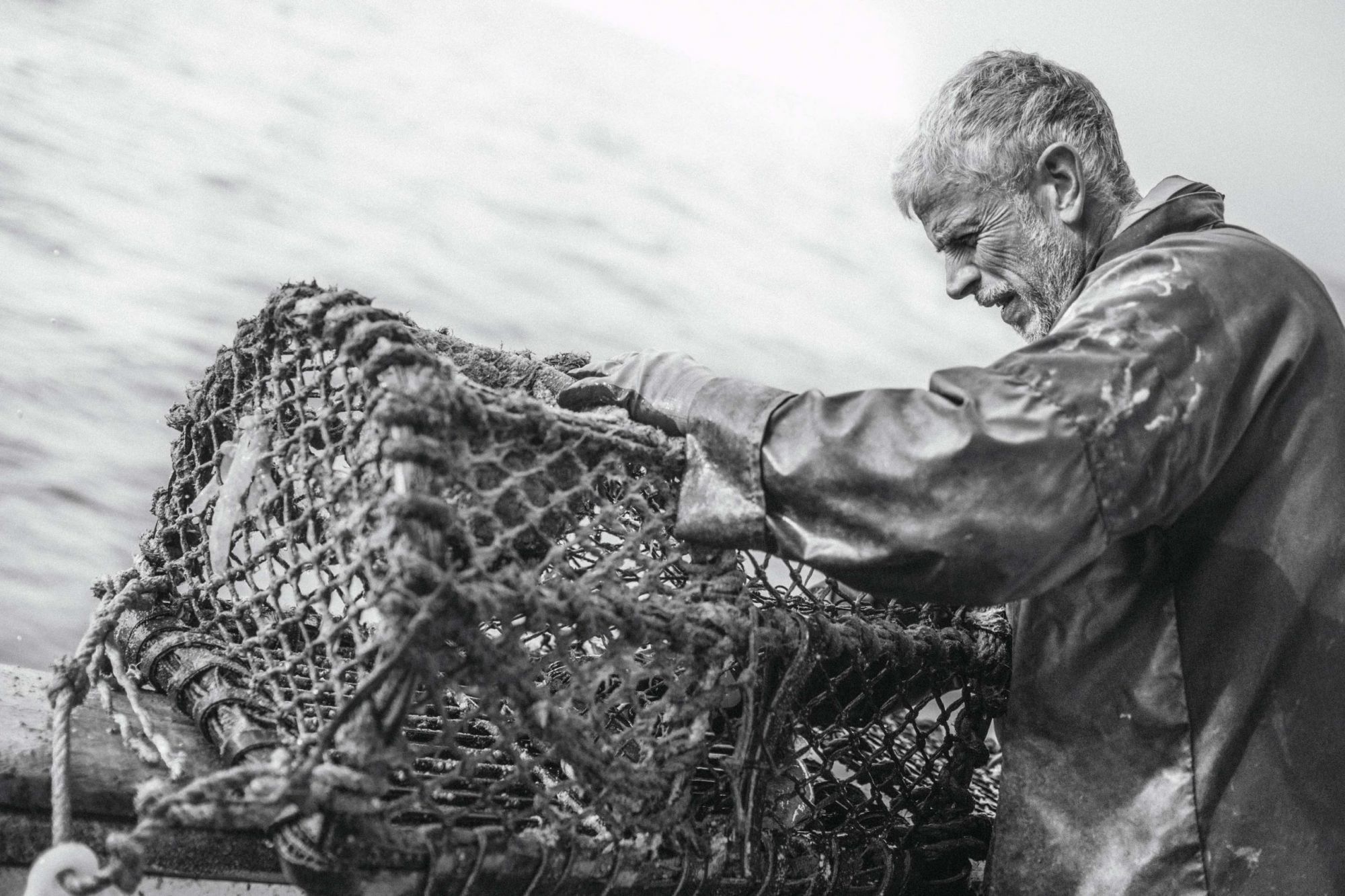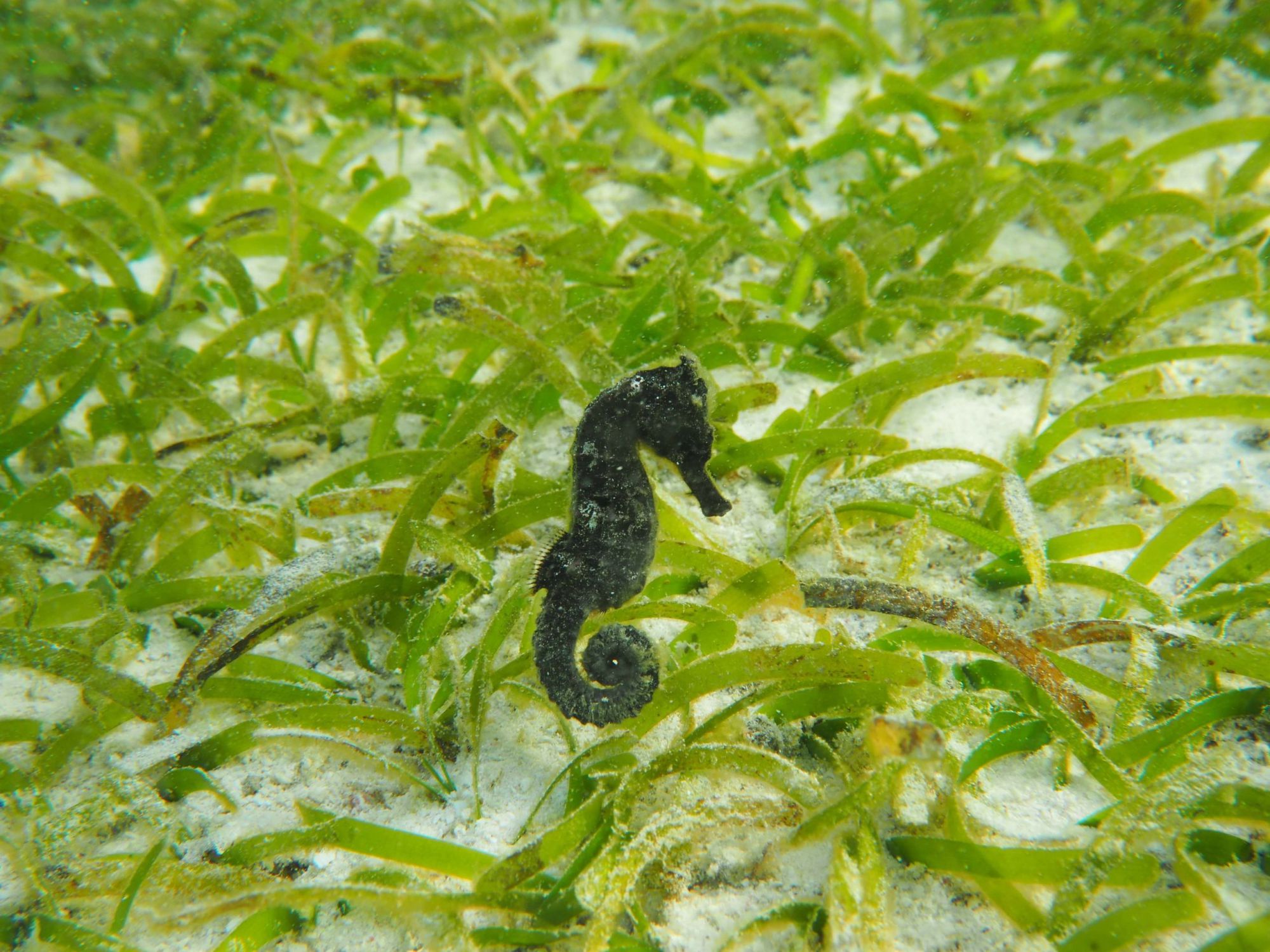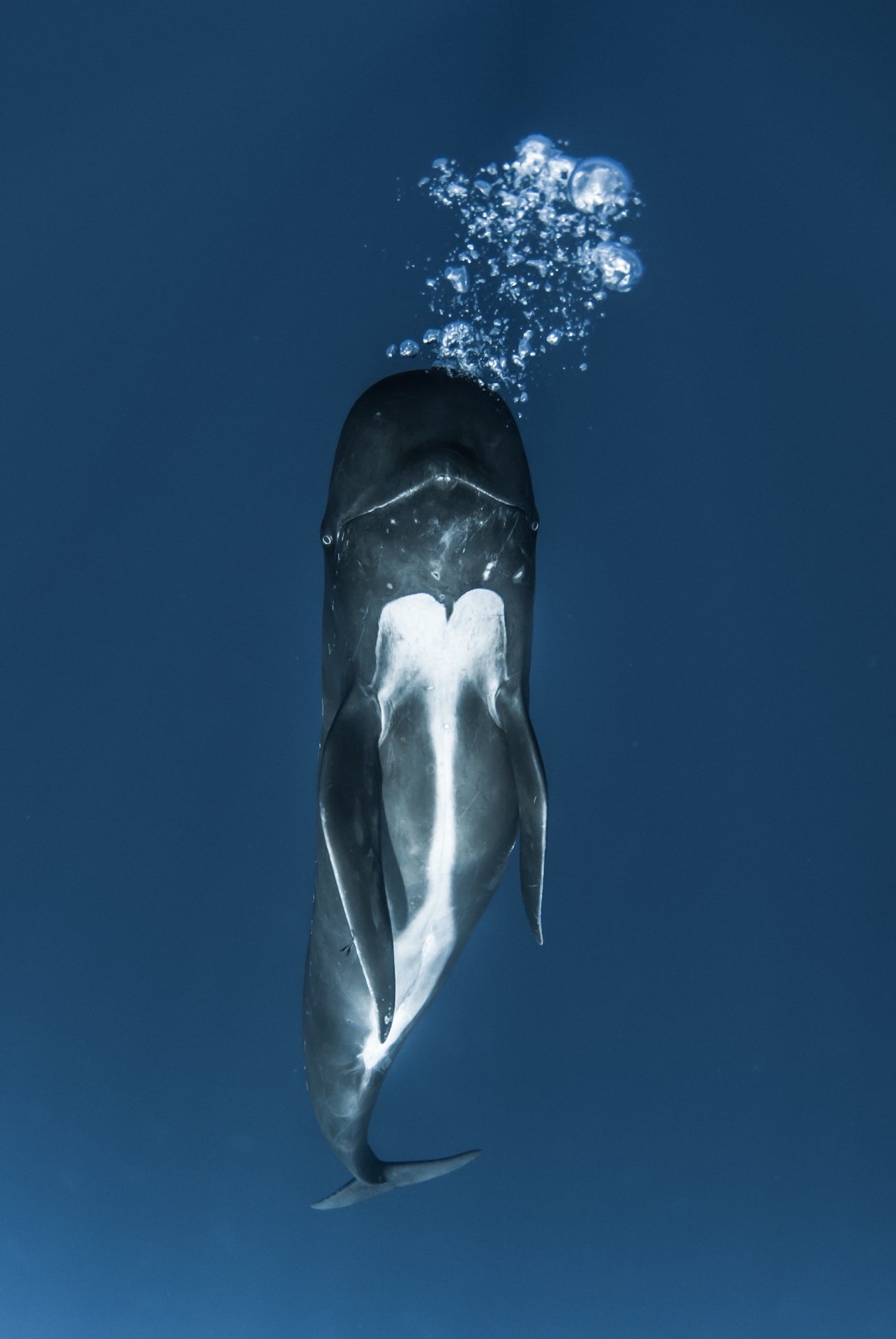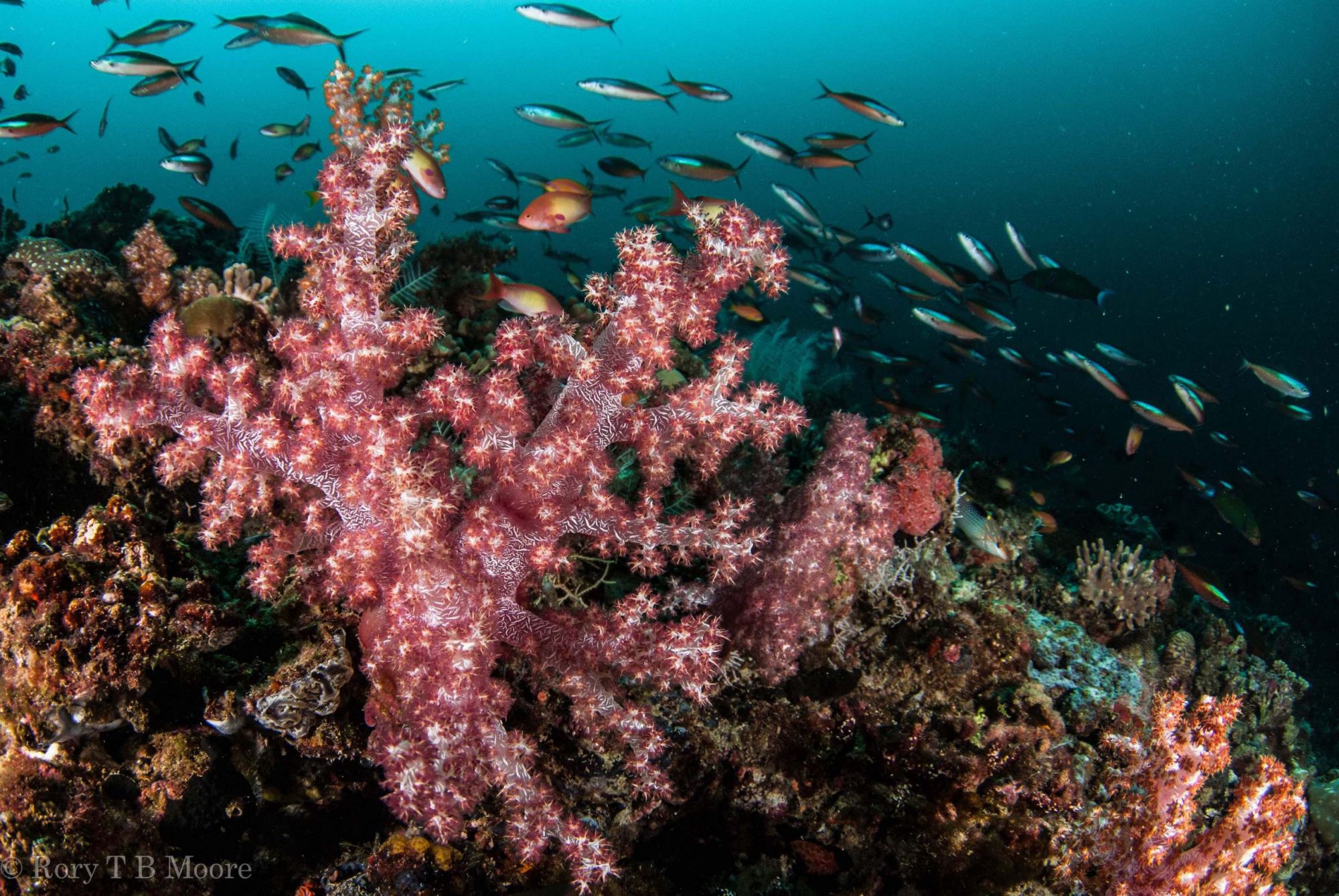Out of the BLUE
The Blue Marine Foundation, aka BLUE, is making headway and increasing the number of protected marine areas globally.
17 June 2020
BLUE’s Senior Projects Manager Rory Moore speaks to Ocean about why it’s never too late to make an impact and help save the oceans.
BLUE has a number of projects and areas of activity, from trying to prevent the collapse of global fish stocks to expanding the number of protected waters. How do you juggle so many diverse projects?
Combatting overfishing is our overall goal. One tool for doing this – perhaps the most effective – is to create marine protected areas. Our target is for 10 percent of oceans to be protected by 2021 and 30 percent by 2030.
When you create a marine protected area, the end goal is effective marine conservation; you cannot always close an area completely to fishing and make it a no-take zone. If you want to achieve meaningful conservation in parts of the world with extensive local fisheries, such as the Mediterranean or the Indian Ocean, you need to ban industrial-scale fishing but develop sustainable fishing practices for local fishing interests.
One of BLUE’s current main missions is to place at least 10 percent of the world’s oceans under protection by 2021. Are you on track?
The consensus figure is somewhere around six percent. We do have a strong chance of hitting our 2021 target and countries with big ocean estates such as France and the UK are making big contributions.
We believe that marine protection should prioritise areas with high biodiversity and productivity; areas of the ocean that support endangered species, breeding sites, migration routes and nurseries for marine life.
It’s not just a question of notching up the percentage of ocean protected, but of protecting the most vulnerable areas. That’s why we are making a big push to increase protection in the Mediterranean. It was one of the most productive seas in the world but has been horribly overfished in the last 50 years.
Are there any new projects or campaigns BLUE is involved in
that could be interesting to the readers of Ocean?
Readers may be particularly interested in our project in the Maldives, where we are working to restore reef fish stocks and create protected areas to help restore the reefs so they become more resilient to climate change. Healthy reefs support healthy populations of fish and vice versa, so if you can combat overfishing in these areas, you can reduce the impact of climate change.
There has been a lot of discussion about the destruction of the Great Barrier Reef linked to El Niño weather events. These events used to be more infrequent thirty to fifty years ago, but they are becoming more regular and more severe each year, changing weather patterns and warming the oceans.
Last year alone, 90 percent of the reefs in the Maldives were bleached as a result of warmer waters and the same thing is causing bleaching in the Great Barrier Reef.
Healthy reefs with thriving fish populations are more resilient than fished-out reefs, which is something we can help with when it comes to protecting fish populations.
The overfishing crisis is only recently coming into the public consciousness since films like The End of the Line and headlines in newspapers and on television. How can consumers make the best choices when it comes to ordering fish in restaurants or buying it to cook at home?
The provenance of the fish is the most important thing, so identifying how it is caught or farmed. Organic sustainably caught and line-caught are terms to look out for.
The Marine Stewardship Council has a map on its website that shows which stocks are labelled as sustainable. Although it is not completely comprehensive, it is a helpful start. It is best to avoid large fish like tuna or swordfish if you can.
We are so fussy when it comes to the kinds of fish we want to eat, such as salmon, tuna and cod. There are much healthier and sustainable choices like pilchards, anchovies and mackerel, which are just as tasty and packed with nutrients.













